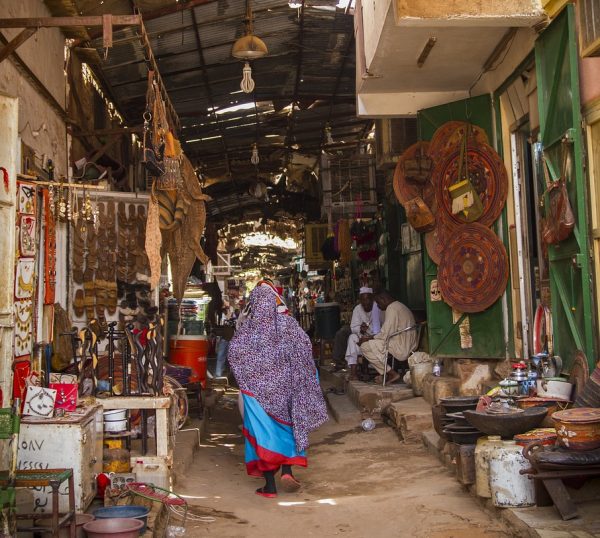De-influencing Overconsumption with the Media
Though it is good to be mindful of one’s consumption and shopping habits, there is nothing wrong with buying nice items and splurging occasionally within reason.
Is that $700 camera necessary, or should everyone just get by with their $800 iPhone? In recent months, TikTok influencers, specifically, have taken a liking to a new trend. This trend emphasizes the act of de-influencing, which is precisely what it means: recommending products to avoid buying in an attempt to fight overconsumption. With cute packaging and products that yield amazing results, it’s difficult not to give in to these expensive marketing ploys. With #deinfluencing garnering hundreds of millions of views as of recent, influencers are urging consumers to buy cheaper alternatives that give the same results or not to buy anything at all.
It’s easy to want to cave and purchase the recently trending Canon G7x as the photos taken are breathtakingly beautiful and, better yet, perfect to post on social media. However, realistically, the average person does not need a $700 camera, as the iPhone that is probably in your pocket can give similar results. Instances of these trends include anything from overpriced makeup to home goods to clothing.
This social pressure poses an issue of overconsumption in order for consumers to try and keep up with the latest trends and fit these short-lived trends into their lives. Recall when micro-fashion trends were prevalent, and the preferred clothing store was Shein. Fast fashion production alone contributes to about eight to ten percent of the world’s carbon emissions and twenty percent of global water pollution, not to mention that shipping contributes to three percent of global greenhouse gas emissions.
Is de-influencing really that effective, though? After all, if an influencer is suggesting not to buy one product, they may still encourage an alternative to the product, just slightly less expensive. This may be true; however, de-influencing aims to look for more sustainability at the consumer level and to fight the need for unnecessary material items regardless.
At a larger level, brands may now have to consider how to work their way around this trend. With a growing number of influencers being more mindful of the products they promote, brands must adapt and rethink their marketing strategies in order to find influencer partners willing to promote their products. Authenticity remains a major part of what justifies the decision to buy a product. Brands must seek influencers that will not only promote their products but also promote them with transparency. For example, in January, TikToker Mikayla Nogueira was under fire for falsely promoting a mascara that supposedly gave ‘beyond-real’ results. Not only did Mikayla receive backlash, but the perfectly decent mascara also dropped in sales, with people refusing to buy it.
Most importantly, a trend is a trend. Both good and bad ones exist, and with time, the de-influencing trend may lose its spotlight. Though it is good to be mindful of one’s consumption and shopping habits, there is nothing wrong with buying nice items and splurging occasionally within reason. What is important about this trend is the wake-up call that just because something appears nice or is trendy does not mean there aren’t better products that are less expensive and are more worthy of the money spent.
















